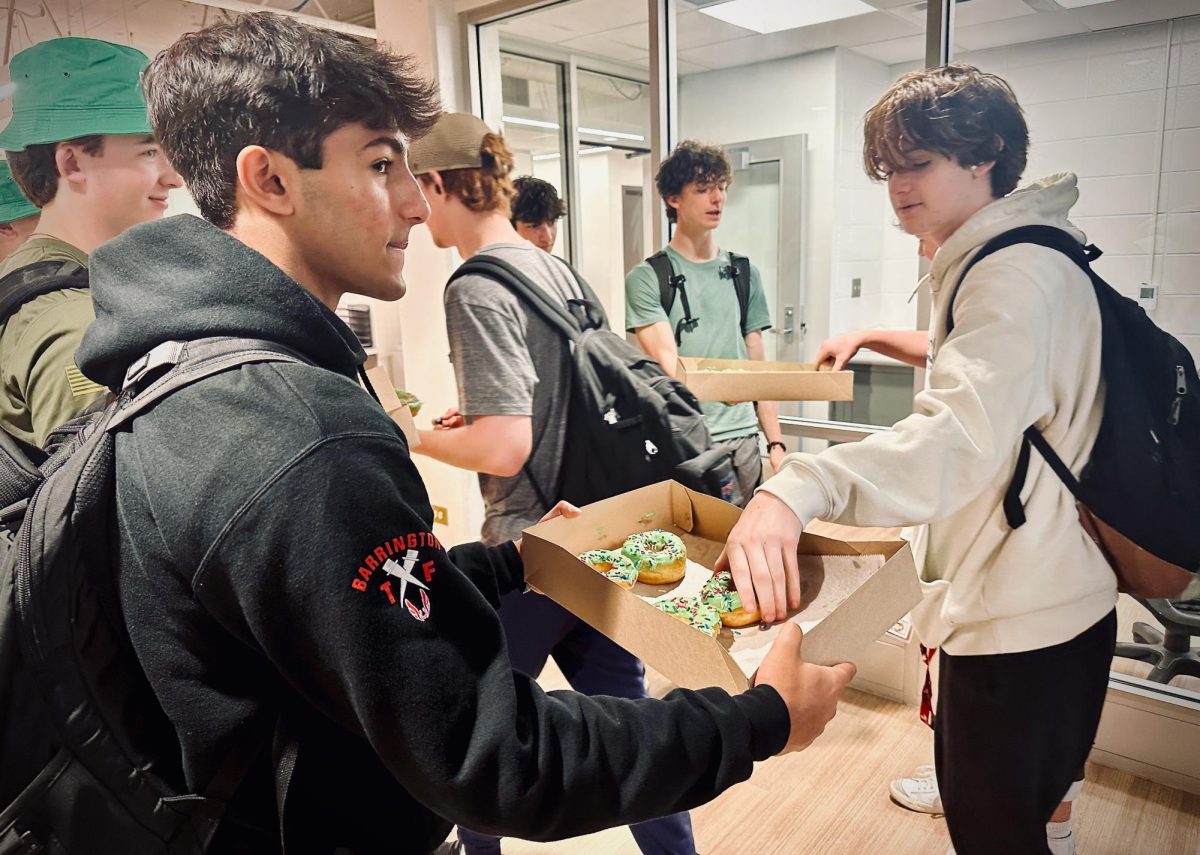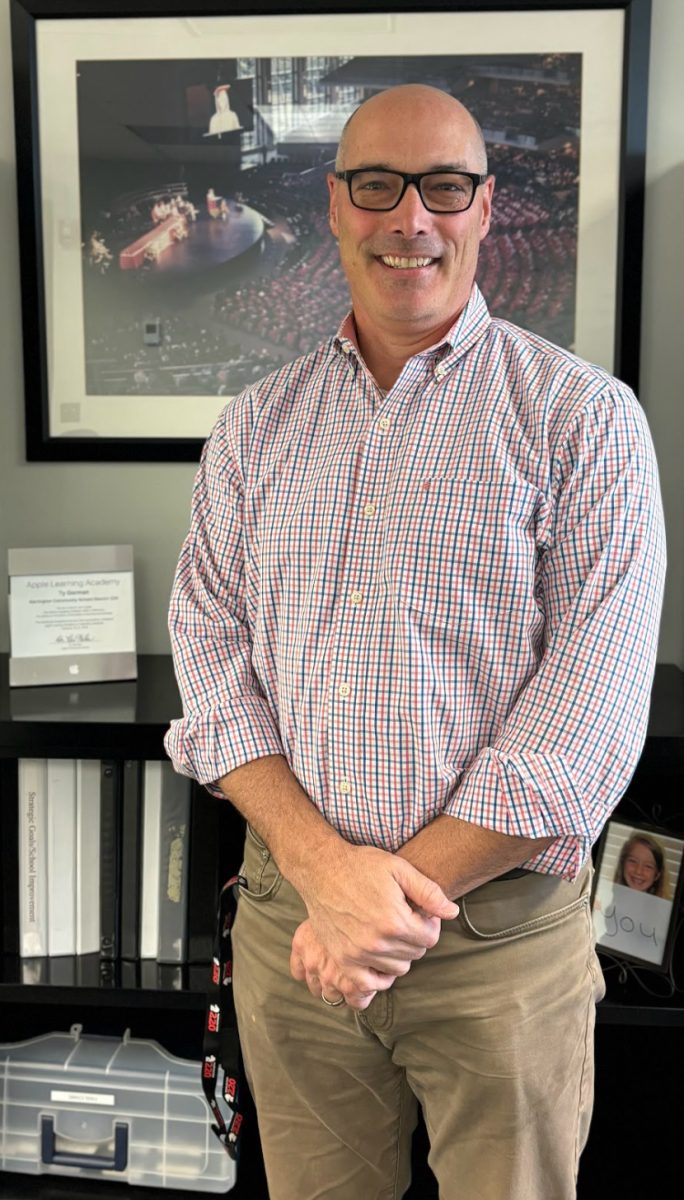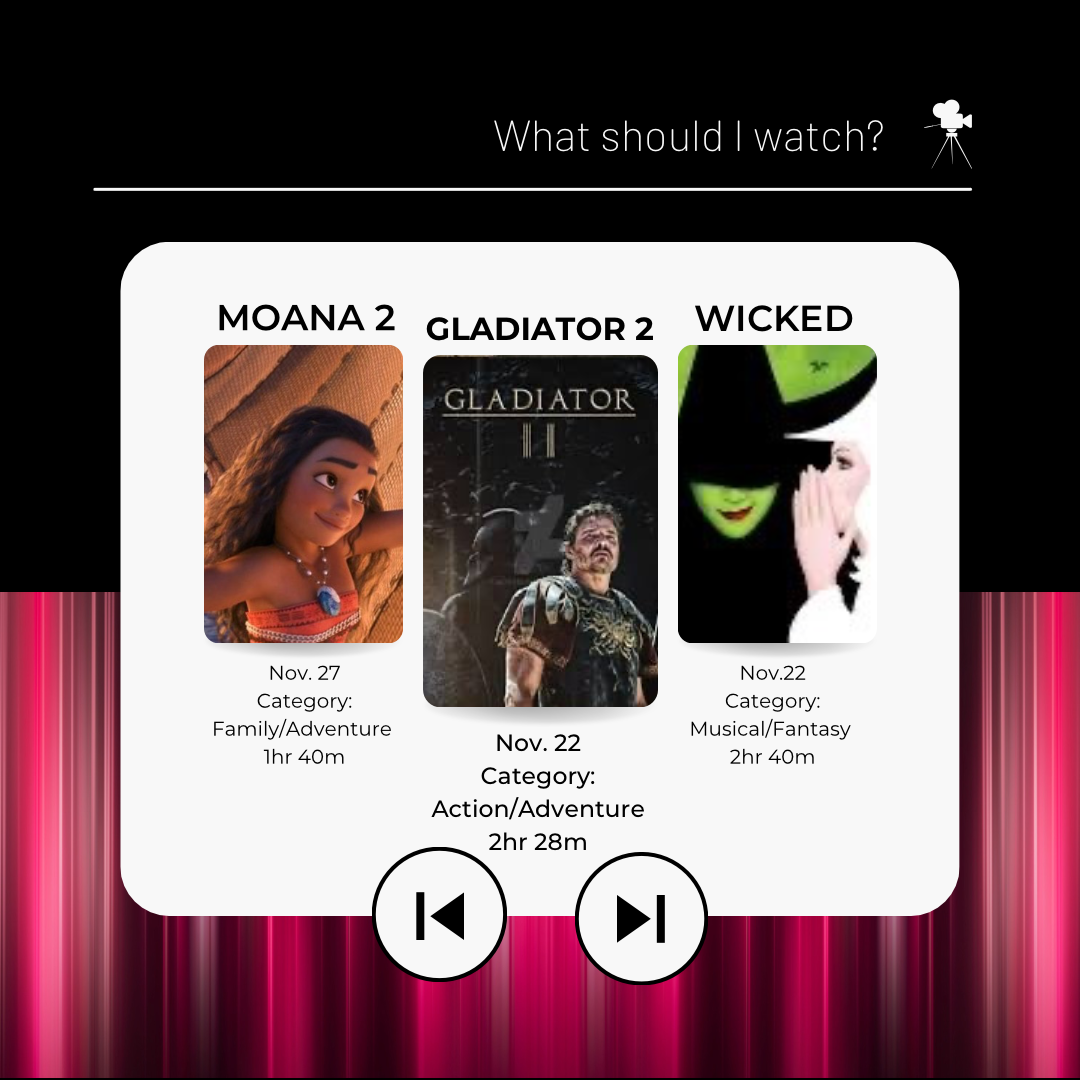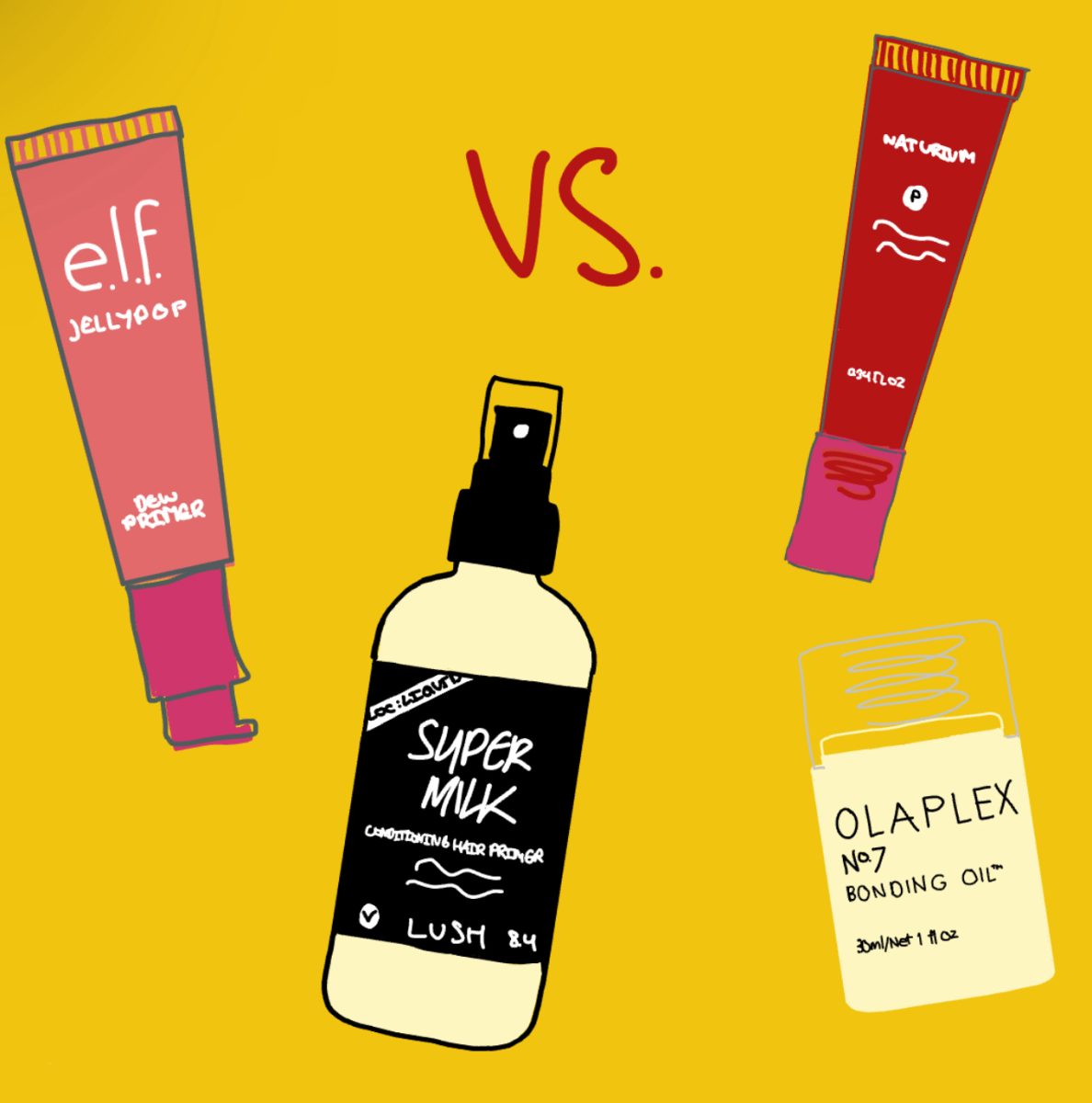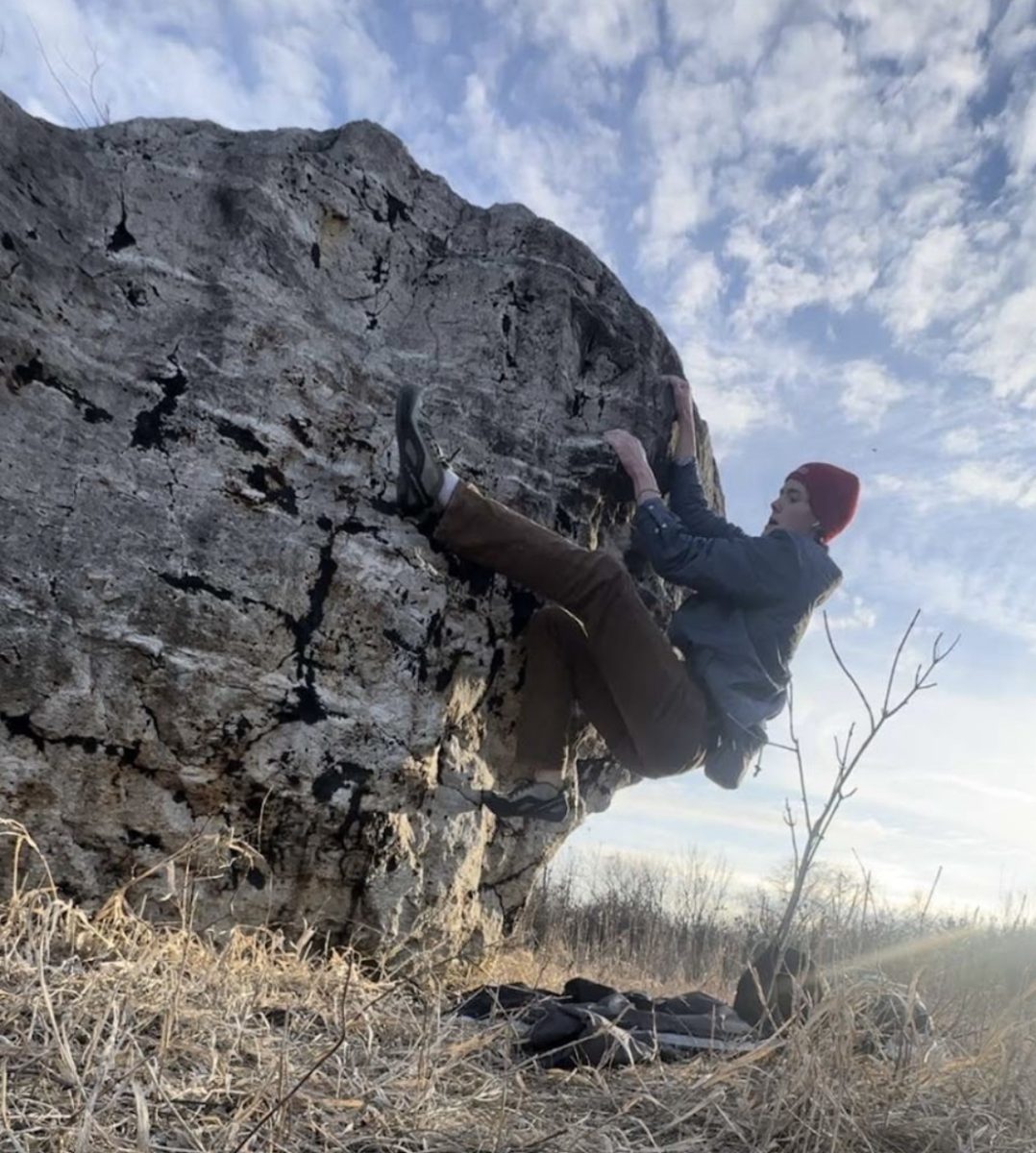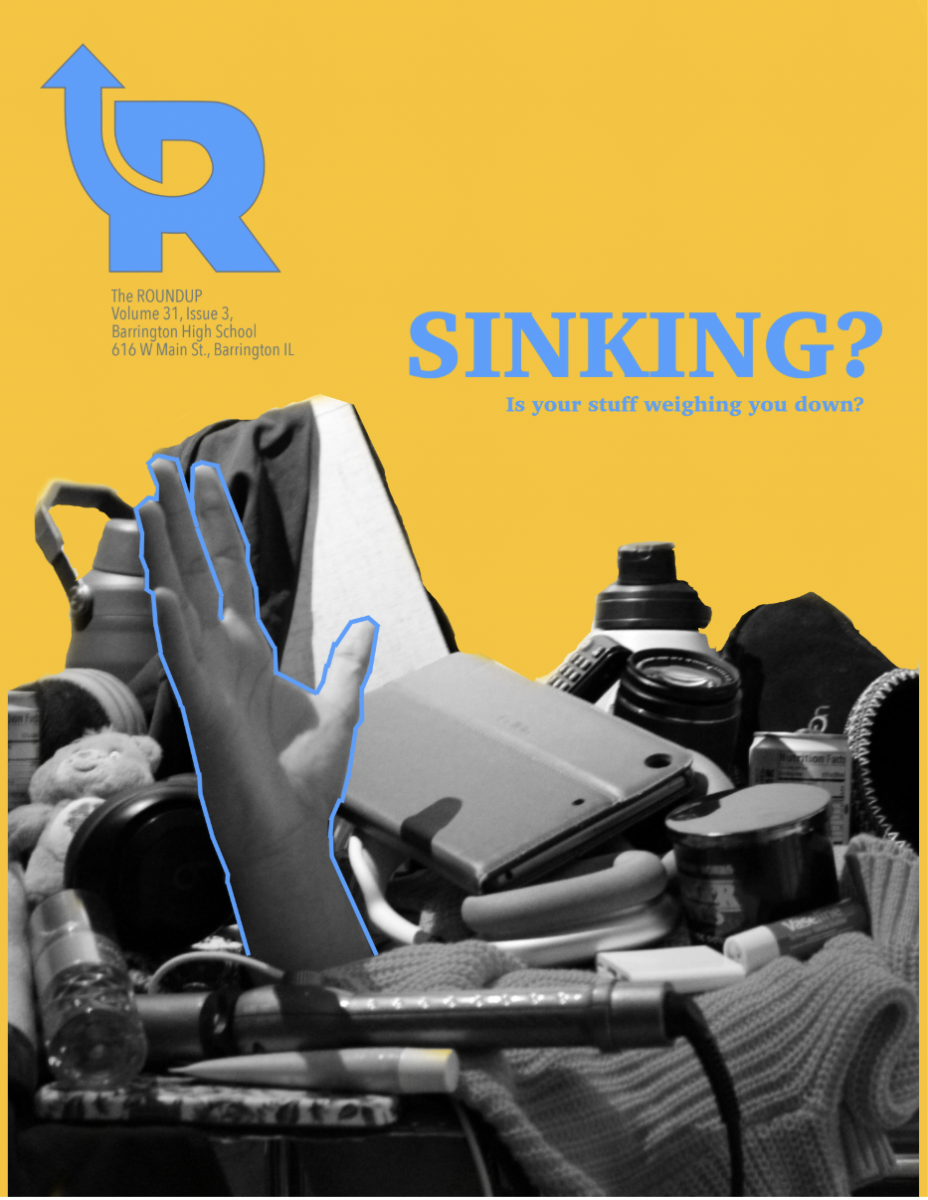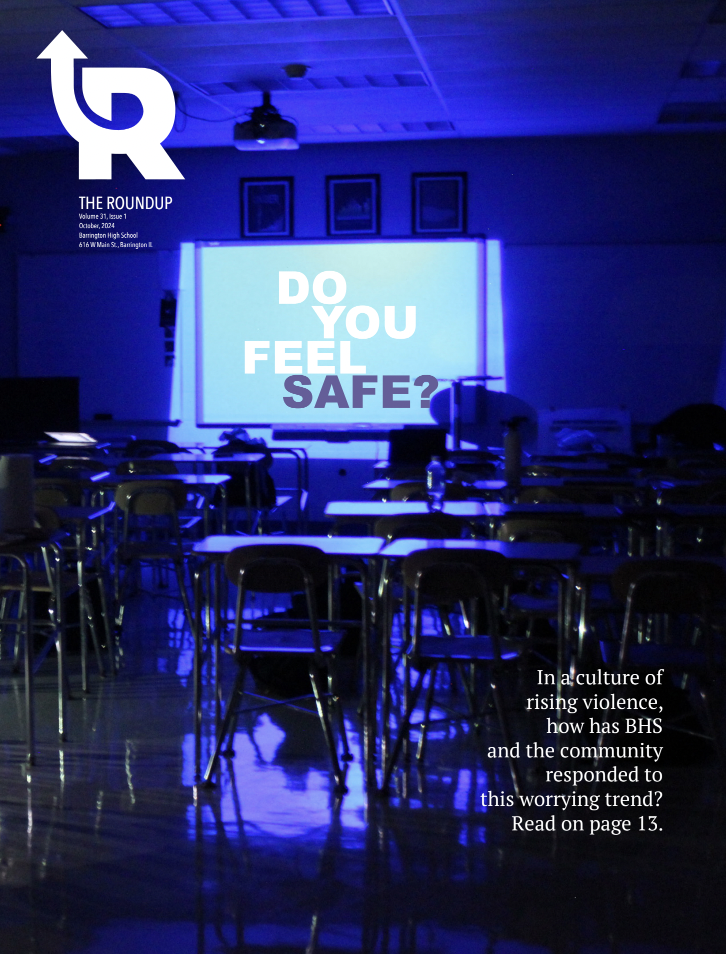Vaping: when will the smoke clear?
Together they cramped in the bathroom. The summer before freshman year. A group of kids, hiding from the birthday party gathering, for just a few minutes. Behind a locked door, the air was hot and sticky.
*Alexis, leaned against the sink. She watched excitedly as a mango-flavored vape traded hands around the circle, awaiting her turn. When it finally got to her, she focused intently on not coughing in an attempt to appear cool and experienced. It was her first time, but she didn’t want anyone to know.
Now, more than three years later, Alexis doesn’t go more than a day without a hit. What began as a recreational activity has become a potentially deadly addiction.
Each week, hundreds of cases of mysterious vaping-related illness are surfacing. As of October 15, 2019, the Centers for Disease Control and Prevention (CDC) reported 1,479 lung injury cases in association with vaping products; according to federal health data, the death toll has risen to 33. All of these patients have a history of e-cigarette product use.
Sometimes referred to as “vapes,” “e-cigs,” or “nic devices,” e-cigarettes produce an aerosol by heating a liquid. Most commonly, the liquid contains nicotine or THC (the compound responsible for the majority of marijuana’s psychological effects), flavorings and additional chemicals that aid in creating the aerosol. E-cigarette users inhale this aerosol into their lungs.
The CDC suspects the recent outbreak of e-cigarette associated lung damage stems from the exposure to chemicals or an unintended chemical reaction within vape products. Currently, data on both the national and state level indicate that products containing THC, in particular those which have been acquired from an informal source (such as illicit dealers, friends, family members, etc), are a likely cause; however, the specific chemical culprit remains unidentified.
Due to these unknowns, CDC officials are recommending people refrain from using all vape products. For those addicted, though, refrain is far from easy. Alexis, for example, is aware of the risks and surfacing reports. She hears the concerned pleas from her friends, and yet, despite multiple attempts to quit, she goes back for another hit.
“I originally did it for the experience,” Alexis said. “I didn’t think it would be too bad of a thing at first. Now, there’s all of this research coming out, and I’m far too addicted to stop.”
Alexis isn’t alone.
Last year, studies demonstrated a rise in vaping popularity among teens. According to a government-funded US survey released in December, approximately 37 percent of high school seniors reported vaping within the past year, almost 10 percentage-points higher than figures from 2017. These numbers continue to rise this year. Preliminary data indicates that one in nine high school seniors report near-daily use of vaping products, behavior that researchers say suggests addiction.
Even before the outbreak of cases linking e-cigarettes to lung injury, doctors warned of the potential long-term consequences related to nicotine addiction, especially for the developing teenage brain. Despite a current lack of substantial research on the specific effects of vaping, the broader consequences of nicotine exposure are no secret.
According to the website for Truth Initiative, America’s largest nonprofit public health organization, “high-nicotine e-cigarettes—like JUUL and its many product copycats in the marketplace—could worsen the effects of nicotine exposure, which can harm brain development, alter nerve cell functioning, increase the risk of young people smoking cigarettes and change brain chemistry in ways that make adolescent brains more susceptible to other addictive drugs.”
Dr. Denise Casey, Psy.D, CADC, NBCCHT is the founder and director of Barrington Behavioral Health and Wellness. She is a certified alcohol and drug abuse counselor with over 20 years of experience treating addiction. In recent years, Casey has witnessed first-hand the rise in teenage addiction related to vaping, particularly with products containing nicotine, which she correlates to a rise in anxiety among young people. She says that for many, addiction gives the illusion of coping or escape.
“Substances impact the pleasure center of the brain,” Casey said. “They provide a boost to the neurochemicals that increase “feel good” chemicals that cause people to want more of that feeling. [These feelings could be] improved mood, a sense of false confidence and well being, or an escape from problems. However, these highs are temporary. With the elimination of the substance from the body, the person will return to their baseline or lower. This compels the need for more.”
Often, Alexis feels the need for ‘more.’ During school, she occasionally leaves class to vape in the bathroom. If she doesn’t bring her own vape, Alexis gets cravings and will go on a “nic-trip,” in search of a peer willing to lend a device. What Alexis doesn’t realize: each time she vapes, her brain is creating an association between her environment and the dopamine rush that taking a hit triggers.
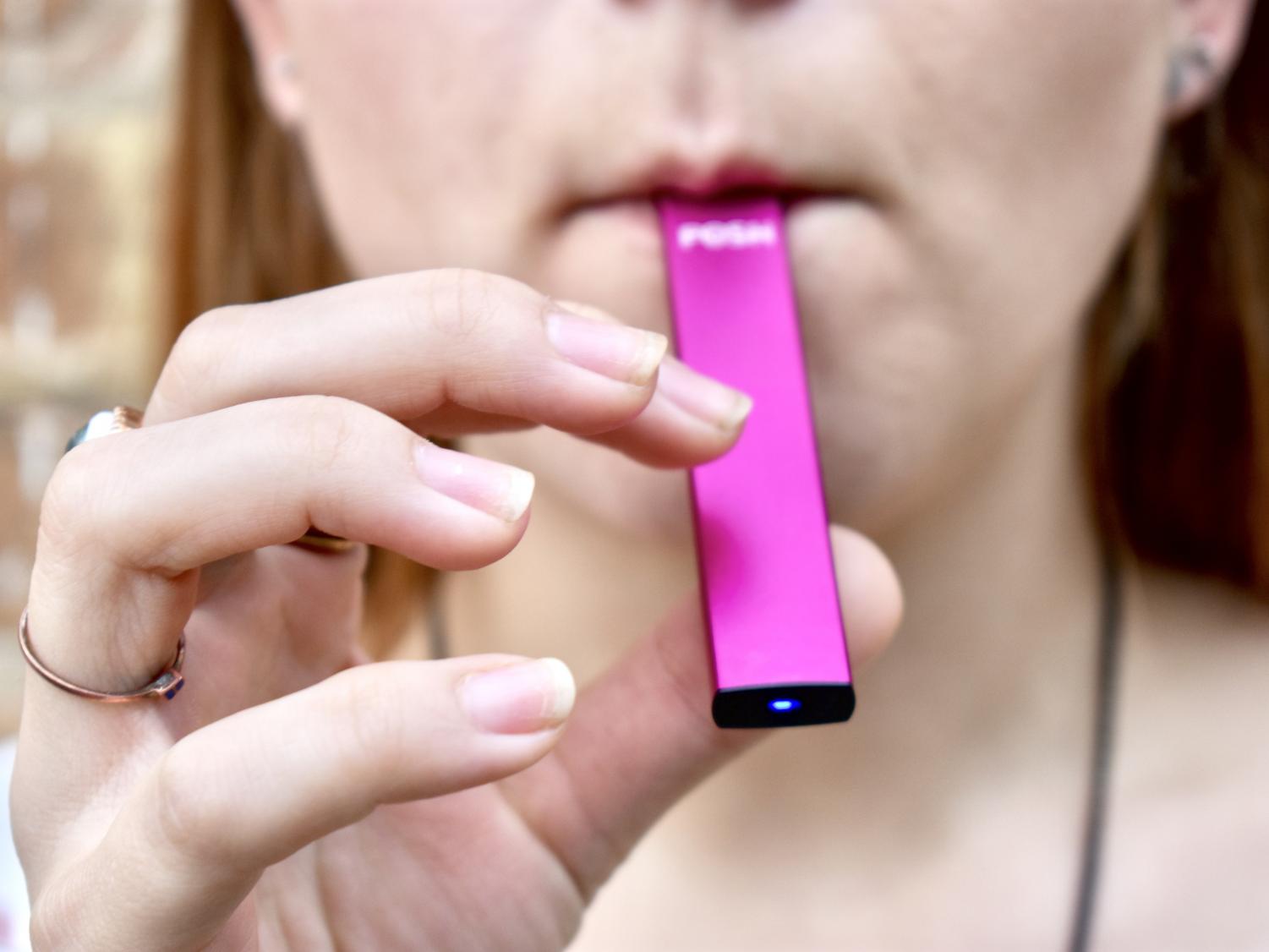
According to Casey, the brain is wired to recognize patterns and automate routines. When a pattern of behavior is established in a particular environment, the brain adjusts to anticipate that behavior whenever prompted by related environmental cues. For Alexis, anything can be a trigger. Simply entering into one of the school bathrooms where she goes to vape can stimulate intense cravings.
“The rituals of using can become a big part of the process,” Casey said. “When someone has used a substance, many triggers will exist. The smell, sound, sight of a substance can cause the brain to begin to crave. A recovering alcoholic can be sober for months and then walk through the grocery store and see someone giving away free samples and the brain can be triggered. Much like someone can not be hungry but walks past a pizza place and suddenly has their mouth watering. The craving has activated.”
In addition to cravings, Alexis struggles with what she refers to as “easy access” whenever she tries to quit using. From her very first day of high school, vaping products have been a stable fixture in her everyday environments; from her perspective there is no safe space to begin the process of completely quitting.
Football games, social gatherings, classrooms, “it’s everywhere,” Alexis said. “Someone is always guaranteed to have one.”
At school in particular, she never has to look far to find someone willing to lend her a vape; and though policy guidelines strictly prohibit drug use and possession on campus, Alexis finds hiding it is easy. The aerosol doesn’t have a strong or pervasive scent, and many students use in the bathrooms to avoid being caught on camera. Additionally, vape packaging is often designed to be discreet, even misleading. Devices can resemble pens, USB sticks and other everyday items. The deceptive nature of such products makes it difficult to recognize and report overt drug usage, which can further embolden students to bring and use their devices on school grounds.
Principal Steve McWilliams meets with local principals almost every other month to discuss the scope of vaping in schools and brainstorm possible detection methods. Administration has also partnered with the Lake County Health Department and neighboring communities to develop an effective strategy for education and prevention. To McWilliams, the education component is key.
“What my experience is with drugs, alcohol, cigarettes, all of those things – you can dump a lot of money and resources into prevention through policy and arrest and tickets, but it doesn’t work,” McWilliams said. “The best way to approach this is through education to try and help students understand exactly what the risks are. That’s where we get the best leverage on things.”
From Casey’s point of view, one of the most devastating effects of substance abuse is how it consumes and controls the life of an addict. After a certain level of dependance, education and awareness have little corrective impact on the choices an addict makes.
“Substance use begins to change a person,” Casey said. “Over time, without even realizing it, people let go of people, activities and life goals in favor of using. Life begins to revolve around getting and using more and more. Once dependence sets in, a person may begin to violate their own morals and standards in order to use. People often will pull away from people who do not use and will spend more time with people who are using at the same level or more than them. This helps to justify using. They can pull away from family, drop grades and isolate. Personality change also can set in with a rebellion against values that were once held dear.”
Alexis’s struggles illustrate these negative changes.
Her mom has caught her vaping on three separate occasions, responding with obvious frustration and dismay. Although Alexis’s mother’s primary concern is for her daughter’s health and well-being, the arguments weigh heavily on Alexis. Not confident that she could quit, even if she wanted to, she fears their relationship continually inches closer to a place beyond repair. To Alexis, this is devastating. She feels trapped in a cycle of drug use and then deceit. With the heaviness of the guilt that lying and disappointing her parents elicits, she’s continuously drawn back to her vape to cope or escape, even if it’s only a temporary relief.
“I think it’s part of growing up – experimenting with that kind of stuff; but then, to a certain extent, you should only do so much,” Alexis said. “I wish I had never vaped. Not only am I sure that there will be long term health consequences, but I can also see it impacting my life and relationships in such a negative way right now. Besides that, there is such a stigma surrounding it. I don’t want to be known as that kind of person, that kind of kid.”

For those struggling like Alexis, Casey encourages them to reach out. There are a multitude of resources available to students, including the school wellness center, a recovery program or professional treatment. Although it may be difficult, asking for help is imperative to ending the addiction cycle.
“Stopping takes effort and support,” Casey said. “There is hope. There is help.”
Your donation will support the student journalists at Barrington High School! Your contribution will allow us to produce our publication and cover our annual website hosting costs.


